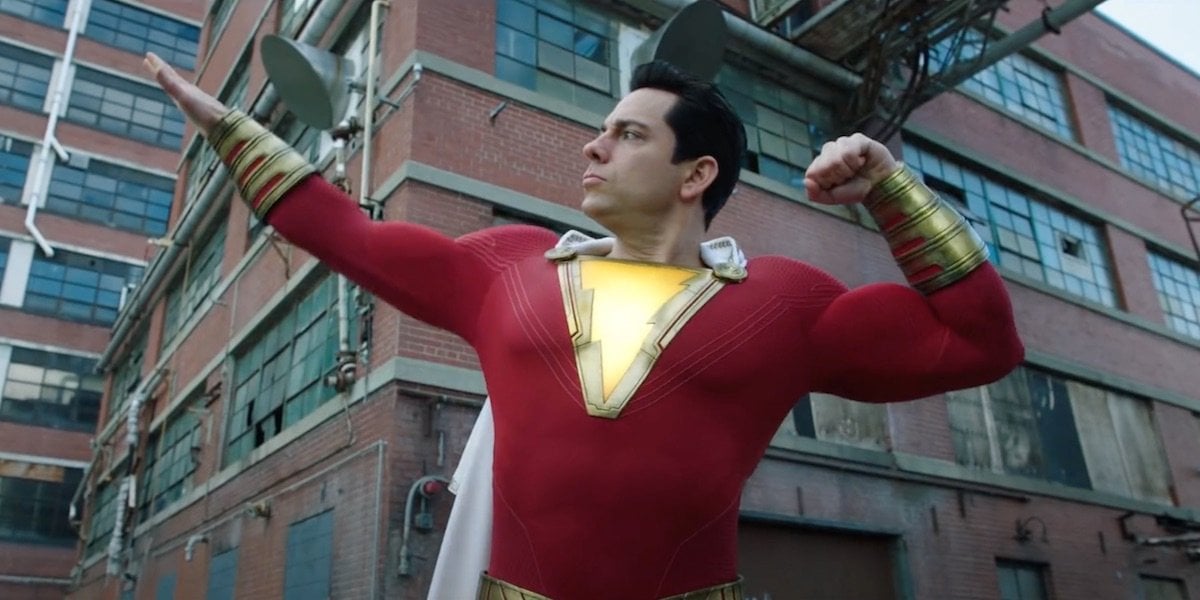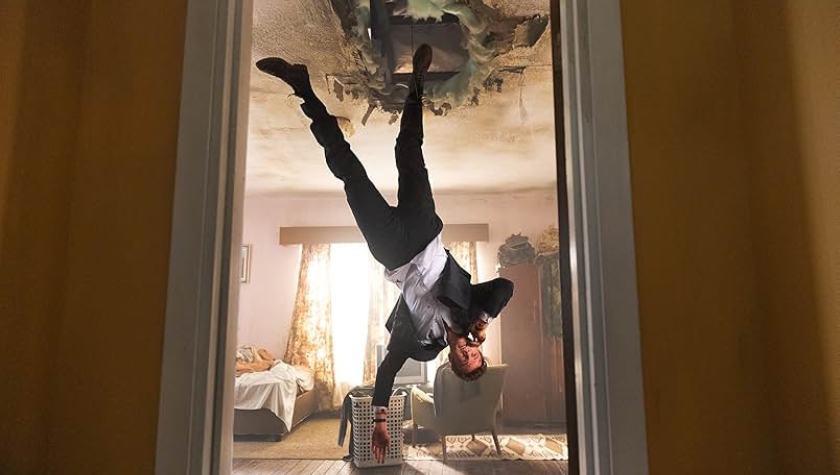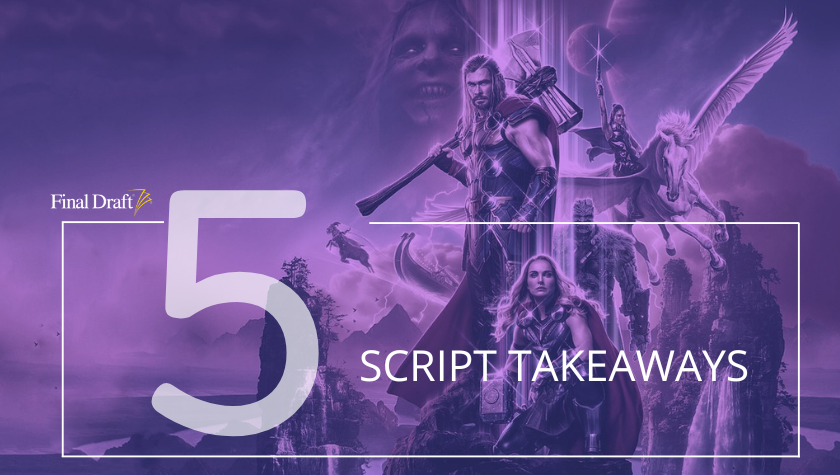5 Screenwriting Takeaways: ‘The Gray Man's’ character development can level-up your craft
August 19, 2022
Moviegoers love characters who specialize, especially in violence. It’s even better if they’ve been part of a secret government program and can focus their specialty on someone more vicious than they are.
The Gray Man follows a man named Court who was recruited from prison to a CIA program that will make him a skilled operative. He’s a man with a certain set of skills. Once he begins uncovering a dark conspiracy, an unethical and psychopathic gun-for-hire places a bounty on his head.
The movie stars Ryan Gosling, Chris Evans, Ana de Armas, Billy Bob Thornton, and Jessica Henwick. The original novel by Mark Greaney was adapted for film by Joe Russo, Stephen McFeely, and Christopher Markus. Joe and Anthony Russo directed.
Here are 5 takeaways from The Gray Man you can apply to your own screenplay.
1. Let’s see what they can do
The first scene of The Gray Man takes place in 2003 when Court (Gosling) is recruited by Fitzroy (Thornton). It establishes the relationship and that Six (Court's new code name) is about to embark on a life of being a special operative for the CIA.
The second scene places Six in the present day at which point the audience is ready to see what he can do. This pivotal scene sets up who the character has become and what their role in the world is. Six works in tandem with Dani (de Armas) to assassinate a high-profile enemy. The audience sees a large scar on Six’s arm indicating he has seen some violent days. They also watch him masterfully prep a gun that will kill the target.
When a child enters the frame right before Six goes through with the assassination, he refuses to take the shot even though the ‘collateral’ has been okayed. This is not a character who callously follows orders. The audience has learned quite a bit about this character before it sees how he fights.
Then the physical skills come into play.
What you can take away from this opening scene is how to get a lot of information on characters across in a short period of time, not just the main character. It also shows you how skilled the character is at fighting, shooting and taking down enemies. Finally, it sets the main story of the movie in motion. At the end of the scene, Six receives information that changes his perspective of the mission and his life.
2. The origin story
The Gray Man is a bit of an origin story. It’s based on a novel, which has several other books featuring the elusive Gray Man (a term used to show someone who lives in the gray area of society, a person with no identity and rarely seen). The level of success of the film will determine how many sequels will follow, similar to modern serialized characters like Jason Bourne, Jack Reacher and Robert Langdon.
Therefore, a film like this must set up a backstory so that even though there is little known about who Six is, the audience can catch a glimpse of his life prior to the present-day story.
You can observe how Six’s life plays a role in the person he becomes and how much backstory is needed to write an empathetic and engaging character. There are hints back into his childhood, the reason he ended up in prison and the connection he has to Fitzroy and Fitzroy’s niece – who plays a pivotal part in the villain’s method for capturing Six.
3. Have lots of locations
In a film as big in scope as The Gray Man, having lots of exotic and beautiful locations, or at least places with personality is a necessity. Massive blockbuster films from the James Bond series to Mission: Impossible to MCU movies are shot all over the world, and sometimes the universe.
Whenever there was a new location, the name of the city popped up on-screen. However, in many instances, there was hardly a distinguishing landmark. Exterior shots were often employed as establishing shots. For example, there were several scenes when the location name appears over a city but then the scene takes place entirely inside an office or home. The climax of the movie takes place at a single location (a large, historic castle).
Whether you are writing your big tentpole feature or writing something a little more modest, you can make your movie look bigger by utilizing establishing shots, never having actually filmed in that location.
For example, the recent film Wolf Hound takes place entirely in Germany, yet was mostly shot in Michigan.
4. Go big!
A film as big as The Gray Man is going to have major set pieces with nonstop action. If the writer sets up the capabilities of the characters and makes the stakes high enough, these scenes can help make an audience suspend disbelief.
In one of the biggest action scenes of the movie, Six finds himself on the run in Prague. Not only is he facing the local police force, but the ruthless antagonist of the film, has centered every bounty hunter team at his disposal to focus on this one location.
The police, who initially capture Six, must defend themselves against the much bigger threat of the highly-skilled hunters who want their captor dead. Seemingly every weapon available – guns, assault rifles, bombs, missiles, artillery, etc. - is thrown into this scene as it goes from a center square to a train to a car chase.
It’s a massive sequence of events that requires a suspension of belief. Yet, in the context of the movie, it’s exciting, action-packed and believable. You can observe ways to craft your action scenes to meet who the character is and their capabilities. Creating scenes like this also depends on the characters. James Bond could play in a similar scene, but for this to be in John Wick’s world might be harder for the audience to accept.
5. Creating the character’s voice
There are several ways to create an antagonist that can truly challenge the protagonist in the story. In The Gray Man, the villain is a fairly opposite characterization of the hero.
Six is the strong silent type. He doesn’t say much and chooses action over dialogue. He speaks in short sentences and straight to the point. He even dresses in dark, solid clothes. He’s ethical and has a sense of what’s right and wrong, even in his own line of work.
Lloyd likes to talk. He’s the star of his own show, dresses in a louder style, and believes the ends justify the means. It’s obvious he has no moral compass – he knows the difference between right and wrong, but he just doesn’t care.
You can see how the filmmakers created two characters that possess many of the same traits, but when it comes down to it, could not be more different. That creates a potent formula for drama and, in this film's case, action.
Written by: Steven Hartman
Steven Hartman is an award-winning, optioned screenwriter. He was a Top 5 Finalist in Big Break’s Historical Category in 2019 and won Best Action/Adventure in Script Summit’s Screenplay Competition in 2021. He holds a Bachelor of Arts degree from Columbia College and had internships at Jerry Bruckheimer Films and Village Roadshow Pictures. Steve is a full-time writer and creative video producer by day and a screenwriter and novelist by night.



